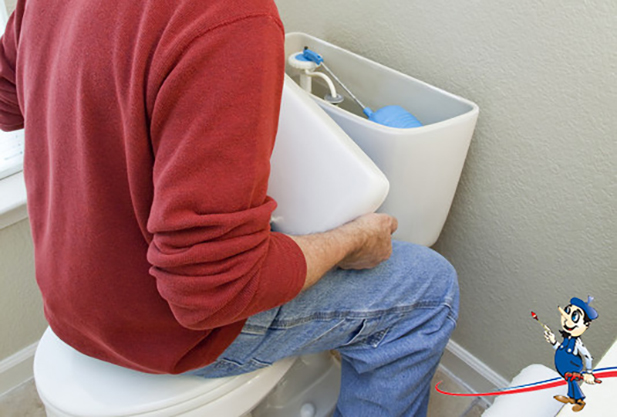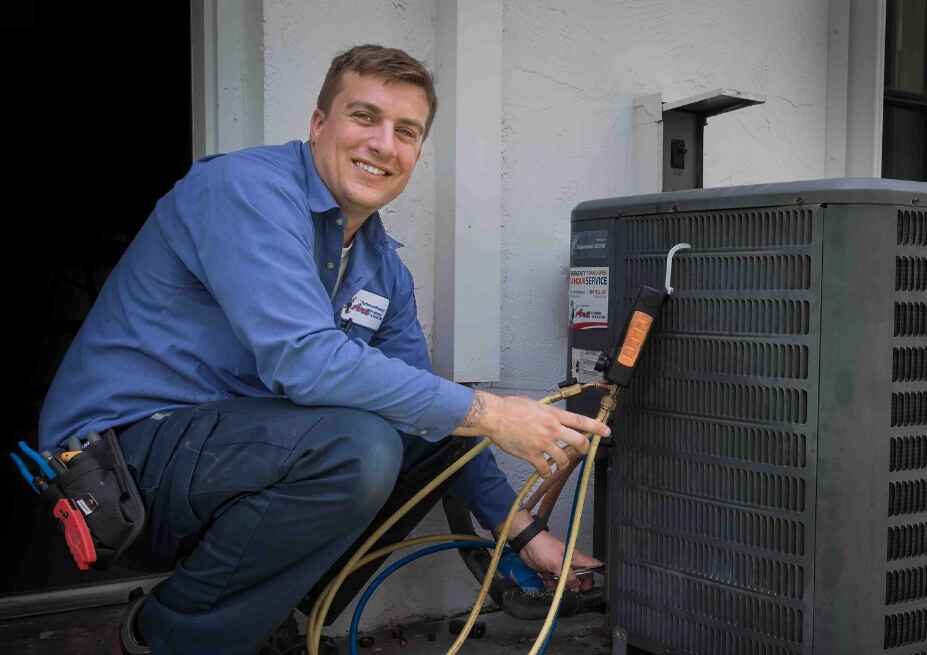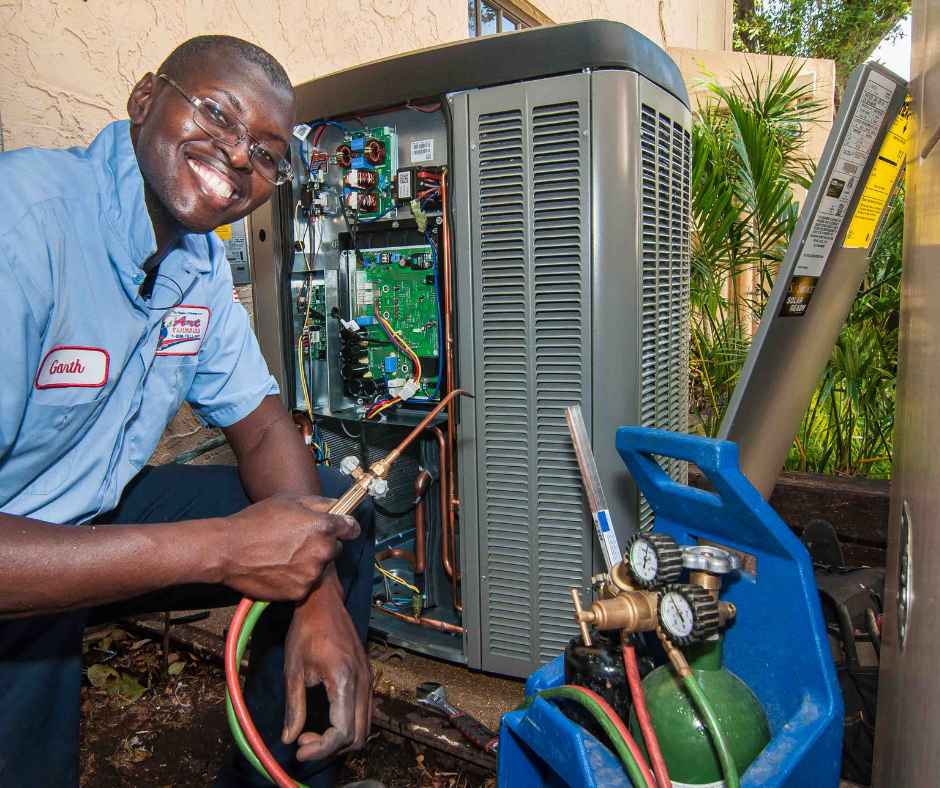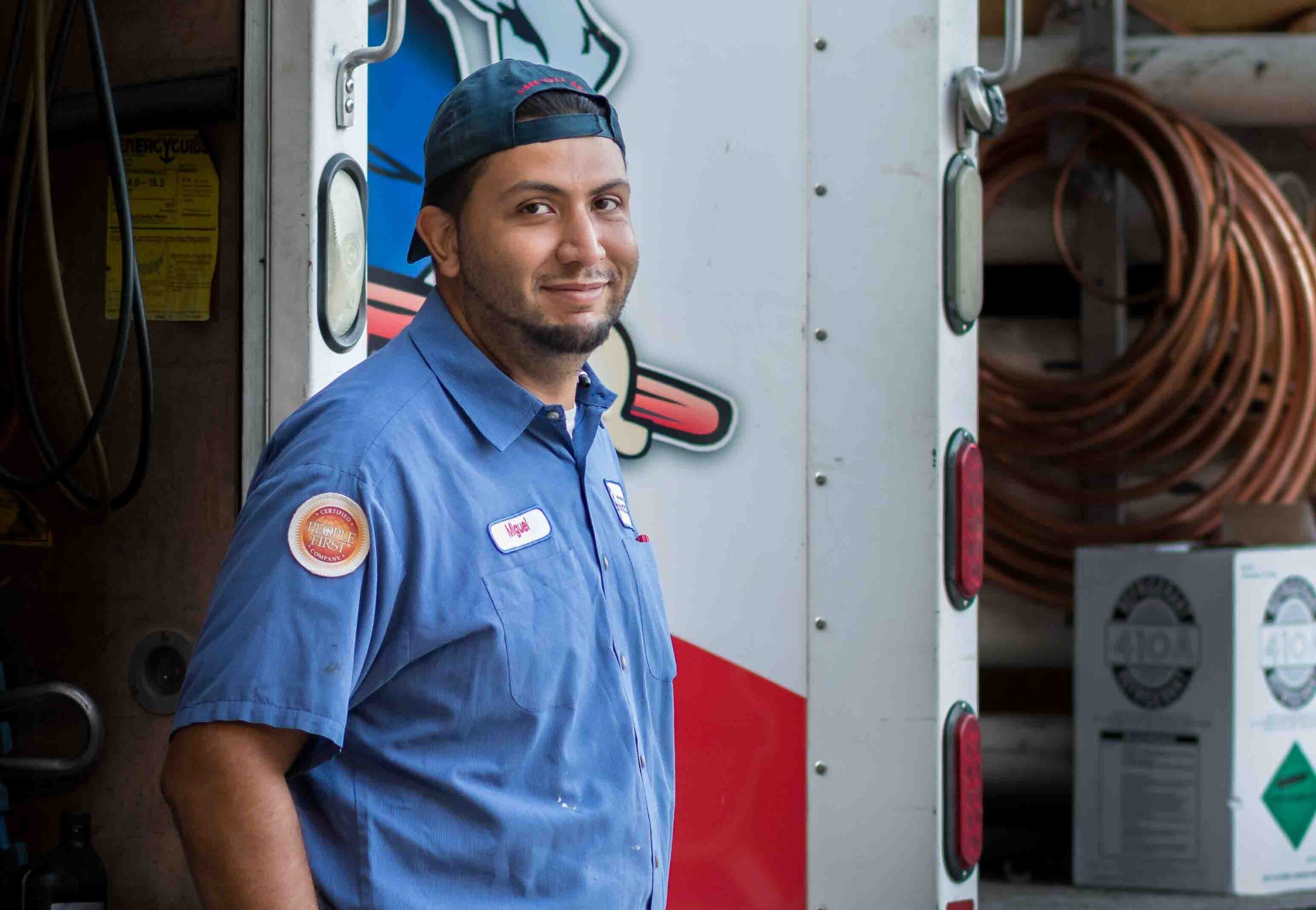Most Common Toilet Plumbing Problems

A good knowledge of the most common toilet plumbing problems will help you to save not only money, but water too! An untreated leak will result in an increasingly high water bill, plus, minor water leaks account for more than 1 trillion gallons of water wasted each year in US homes. It’s important that you know how to identify a problem so that you can consult a professional in toilet plumbing immediately. They will find the source and provide a long-term fix for your plumbing.
Common Plumbing Problems
The three locations listed below are the most important places to keep in check. There are various potential causes for each of these issues. If you experience any of these, it’s time to call in an expert.
1. Water Leaks Inside the Toilet Tank
- There might be a periodic filling of the tank or an annoying dripping sound and the bowl might not fill up normally. The flapper is a mechanism that lifts up to let water out of the tank when you flush and closes to allow the tank to refill. This problem wastes a heck of a lot of water.
2. Water Leaks Outside the Toilet Tank
- Believe it or not, your tank is susceptible to sweating. Because your tank is constantly refilling itself with cool water, condensation can occur. Sometimes this is a secondary result from a faulty flapper, discussed above, but it can also be due to lack of ventilation in the room. The worst-case scenario is that there is a slight crack in your tank.
- At the bottom of the tank is the fill valve that makes sure water is stored in the tank. It’s made up of a seal and nut that can become worn over time, meaning water starts to leak out of the tank.
- If you notice a drip or a puddle on the floor near your toilet, this is usually caused by a loose water supply valve – the connector between the toilet tank and your home’s water supply.
- Water found closer to the base of the toilet can be the result of a flange seal leak. The toilet flange is a pipe fitting that mounts the toilet to the floor. Over time, the seal can break, causing dirty toilet water to leak. This can cause a bad odor and poses a serious health risk.
- Most toilets are two piece units with a large rubber seal between the tank and the bowl. The seal and bolts hold the two pieces together. Two potential problems can arise with this. First, tank bolts get loose and allow the seal to leak. Second, the rubber seal itself dries out and over time starts to crack, which also causes leakage at this location. This must then be replaced as a matter of urgency.
3. Toilet Bowl Doesn’t Empty
- One reason for this is that the toilet is clogged. New US standards require toilets to use about 1.6 gallons per flush, much less than a few decades ago. While this reduces most households’ water use, unfortunately not all toilets flush efficiently with such a small amount of water and often leads to a blockage.
- Sometimes an item will get caught in the trap and must be removed. This has nothing to do with your water flow, so you’re not facing a huge problem here.
- Other times, issues with the water in your bowl can mean that you have a more serious drainage problem, or worse, an issue with your sewer line. You will need a professional plumber to diagnose the cause of the problem and possibly a rooter service to clear up the stoppage.





